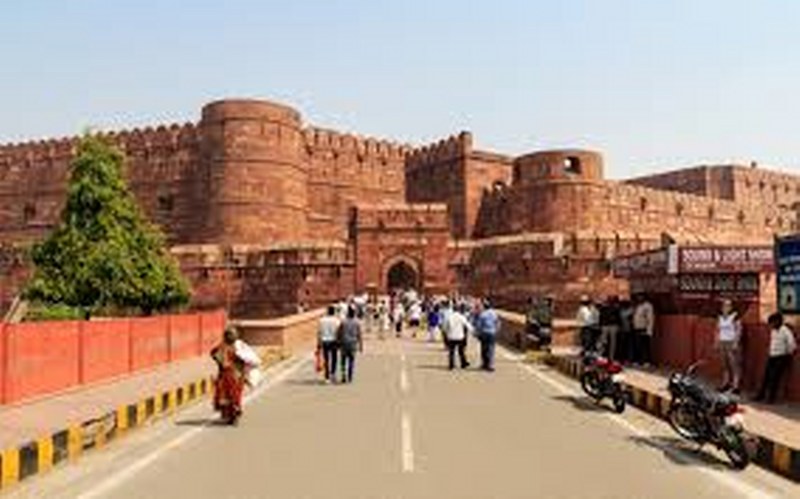
Exploring Agra: The Sites Other than Taj Mahal With Éclat
For most people, the first destination in India is the Taj Mahal and for a good reason as the white marble structure is a symbol of fantastic love and it is mesmerizing. But if you want to explore the essence of Indian Power, Agra Fort does so in an indirect but bold way.
Similarly, to other historic structures, Agra Fort other than being exquisitely beautiful, is a strong symbol of charge. Agra Fort used to be a basic military structure with an upper face lift it turned into a living jaw dropping fort which served as the Mega Empire’s dwelling place.
Polish of Agra Fort Power Heritage Gems
Constructed during the time of Mughal Empire, Agra Fort head quartered military units and at the same took care of their living needs within the fort which explains the luxurious constructions. Beyond the rough edges of its red walls, Mabn's complex boasts grand fort structures. Amidst them magnificant fort palaces are set with halls and courtyards. The period the fort served as head quarter for military units, Indian region displayed fairy tale level of development from the 15th to 17th century, which resonates in every corner.
Jahangiri Mahal: Life Inside Royal Palace
One of the most exquisite section of the Fort is **Jahangiri Mahal**, one of the last residential palaces fort of the Mughal Empire which housed the Royal Ladies. This palace is a home which speaks toward the grace of its time and quiet luxury or sounds of silence, was constructed using local red Sandstone. Mahal contains large gateway which opens to a serene courtyard containing chambers with intricate patterns.
The walls illustrates exquisite work of Persian art which is fusions of Indian architectural styles and is primary exhibiting character of Mughal era.
Watchtower: The Silent Guardians
Strategically placed at the center of the fort, Watchtower was very crucial in the guarding of Royal family of Mughal Empire. Guards on duty hold access to the inner palaces, while the women’s quarters were strcitly off-limits to all but a small number of male granted Emperor relatives.
These two photographs show the same area of the fort, so handy for historical research, enhancing understanding of the life in a fort where security provides a strong reminder of the customs of honora and hospitality.
Marble Features: The Mughals Doted on Grandeur
White marble was a favourite for the Mughals, and Agra Fort is no exception. The interiors of a few rooms contain elegant carvings using white marble as the material, which was brought from Rajasthan. Unlike the Taj Mahal, which has ornate detailing, these carvings are subtler but beautiful nonetheless. They are a reminiscence of beautiful times where the architecture was meant to be functional and artistic.
A Journey Exploring the World
Some people visiting Agra come simply for the Taj Mahal but those who move a little are bound to visit Agra Fort which gives a deeper understanding of India’s royal past. The fort gives an experience of Mughal culture, life, architectural innovations, and regal life, authentic culture experienced first-hand—all this makes the fort a must-visit on your trip to Northern India.
Whether you are someone who loves history or just looking to go beyond the obvious, Agra Fort is a place that has ample beauty, insight, and inspiration to offer.
If you are planning your perfect getaway, then look no further, as several holiday packages for India highlight Fort Agra, ensuring a travel experience that is both meaningful and memorable.